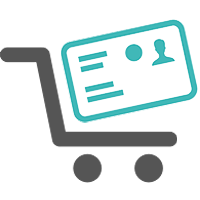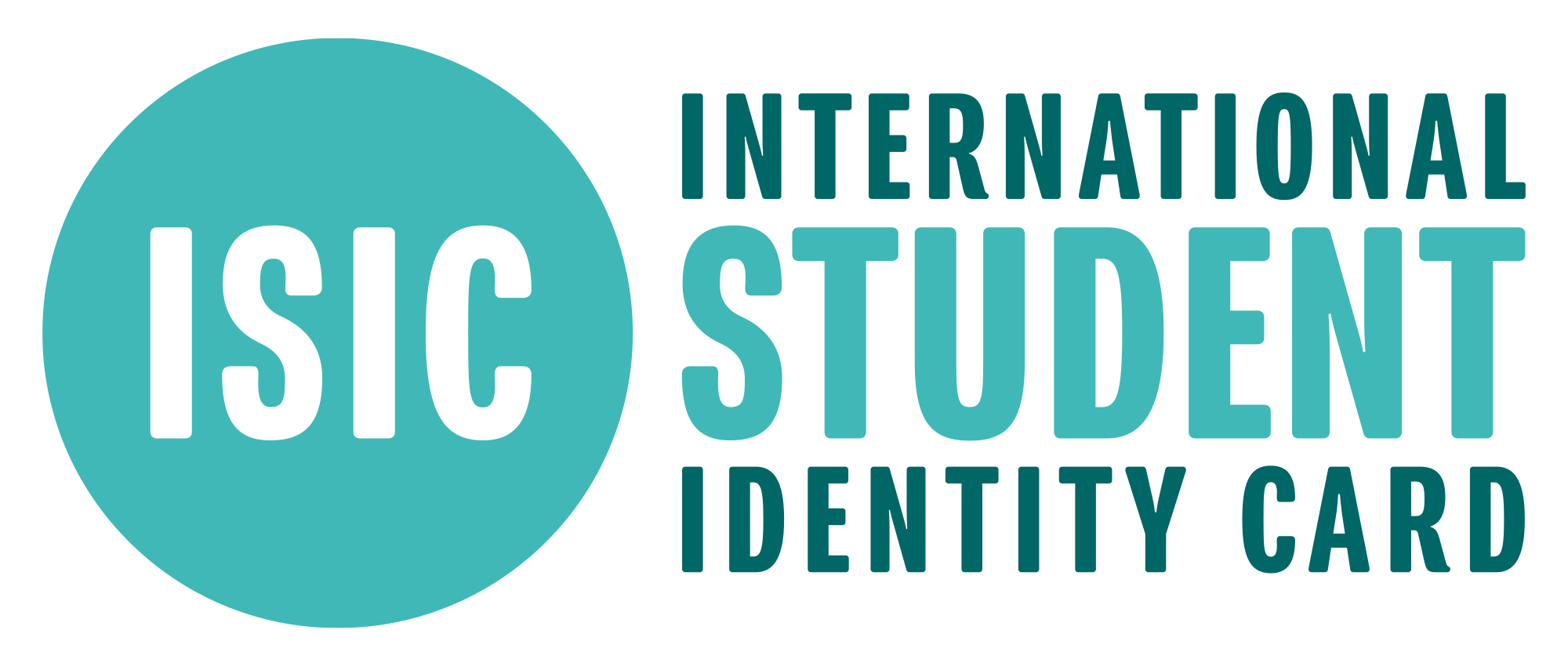
In this article, we give you a language study plan template to help you manage your schedule + useful studying tips!
How to learn a language fast?
Want to start learning a new language, or have maybe already tried countless of times without succeeding? Now you can grab the proven, efficient learning techniques and plan effectively with a language study planner template. So, scroll down to learn how to take your language skills to the next level in record time!
Psst, did you know that you get a 50% student discount on your first language learning lesson at Preply with your ISIC? Use the offer via the ISIC app or here and follow these steps to create a language learning plan that is effective and manageable.
1. Define your language learning goals
Ask yourself this question: What are my language learning goals? Setting clear and achievable language goals is crucial for your journey to fluency. First, identify your purpose. Whether it’s for study, work, or visa requirements, understanding your motivation will keep you focused and driven.
Whether it’s six months, a year, or longer, establish realistic timelines for your goals. You can then break them down into short, medium, and long-term milestones. Language learning goals examples could include learn 50 new words in one week (short-term), reach a conversational level in three months, or achieve enough fluency for professional presentations in one year.
Consider using the OKR (Objectives and Key Results) system, a proven framework used by companies like Google and Amazon. Your objective is the final outcome you want, while key results are the specific actions you’ll take to get there. For instance, if you want to become conversational in Spanish in six months, your key results might include practicing with a tutor twice a week, completing a course each month, and studying grammar for 30 minutes.
2. Focus on weekly progress
You only need to create small changes in your routine to achieve your goals over the long run. That’s why we recommend planning each week, instead of a whole month or year. This makes your objectives feel more manageable and less scary. Customize this language study guide every week to remain ultra-focused on your learning journey.
Download your template planner here!
If you want to make quick progress, aim for 30 minutes to an hour of daily practice. Also, use spaced repetition (the practice of reviewing material at increasing intervals) to ensure you retain new vocabulary, phrases, and grammar points.
Remember to cover the four main language skills: listening, speaking, reading, and writing with varied activities to keep things fresh. If you feel like you’re struggling with specific grammar points, dedicate extra time to mastering them.
Do you feel like you don’t have enough time to stick to a language learning plan? Then read our blog post on 11 ways to learn a language on a busy schedule to get some pointers.
3. Make language learning more fun
Before you create your language learning schedule, brainstorm some activities that would make language learning a fun and effective process for you. There are so many activities to learn a language from home, and we’ve added some example activities for somebody whose objective is to impress their partner’s family.
- Read 5 pages of a book
- Listen to 30 minutes of a podcast
- Watch a Netflix show, pausing to repeat pronunciation and note down new vocabulary
- Immerse himself in native music and sing the lyrics
- Speak with a friend, tutor, or language exchange partner
After brainstorming activities, you now have an exciting list of ways to mix up your language learning routine every week. Switch up your activities regularly, and you will love the learning process.
4. Keep your goals in sight
There are two sections in the template inspired by OKRs to help you reach your goals. Your objective is a big, ambitious goal and the reason why you’re learning the language. Common objectives might include moving to another country, passing a B2 language exam, or growing professionally to speak with clients, colleagues, and customers.
But big goals need clear steps, which is where your key results come in. You can choose up to three key results to achieve your objective, depending on how much time you want to spend studying. Your key results should be clear, easy-to-measure targets that will help you reach your goals.
For example, if your objective is to be able to speak to potential clients in English set yourself the following targets:
- Complete a business language course within three months to improve your professional vocabulary
- Have a 30-minute conversation with a native speaker every week to boost fluency and confidence
- Read at least two industry-related articles in the target language each week to expand your technical vocabulary and comprehension skills.

5. Keep track of your progress with checkpoints
After every month, check in with yourself. Use a journal (preferably the same one you’re using to practice writing in your target language) to ask questions like the following:
- Did I reach my goals this month? Why or why not?
- What did I understand the best?
- What did I understand the least?
- Should I switch up my activities next week?
- Should I increase or decrease the amount of time dedicated to learning?
These questions will help you plan your next goals, avoid the language learning plateau, and also track the progress you’re making – a huge motivator!
6. Make your language learning time count
Reaching a language learning goal is not something you can easily do alone. You need someone to speak with regularly, someone who can correct you when you make a mistake, and someone to point you in the right direction. This is where Preply comes in.
Using online tutors on Preply can help you in many ways:
- Set clear goals: A tutor can help you define clear, achievable goals
- Spot problems early: A tutor can identify and address issues before they become bad habits (also known as fossilization)
- Stay accountable: Regular sessions with a tutor keep you motivated and on track
- Personalized learning plan: Preply tutors tailor lessons to your specific needs and learning style
- Boost confidence: Practicing with a tutor builds your confidence in speaking and understanding the language
Whether your objective is to improve your business English or to speak basic Spanish when you travel to Latin America, Preply can offer you the perfect personal tutor to help you reach your goal.
Language learning tips from experts:
- Don’t neglect aspects of the language: Make sure you study all four skills: reading, writing, listening, and speaking.
- Block out study time: Dedicate 15-20 minutes each day to your English study sessions – consistency is key – after a few weeks, it will become a habit, just like physical exercise.
- Utilize dead time: Use commuting time for reading and listening, study flashcards on the go, and use downtime for TV, movies, or listening practice in the target language.
- Identify your learning style: Know what type of learner you are – logical, solitary, social, aural, or a combination of these – to tailor your study approach.
- Find a good tutor: You can do a lot on your own, but a good teacher can see where you need extra help, give feedback, answer your questions, and keep you motivated, too!
*This article is written in collaboration with Preply.
 Get your ISIC card
EUR 12
Get your ISIC card
EUR 12


